Do I need a graphic designer or a packaging designer and what is the difference?
Many people do not see a difference between the skillset of a packaging designer and a generalist graphic designer. It’s not always easy at first glance to understand what is needed. Let’s explore the differences…

- A generalist graphic designer is often more used to seeing the world as a flat sheet. Typical graphic work is brochures, billboard or press ads. Not work that requires you to think in 3D.

2. A packaging designer is used to working in small cramped spaces. No, not their office working conditions! They can easily maximise the impact of a limited amount of space on a bottle or a box. They know, often instinctively, what will stand out on the shelf.
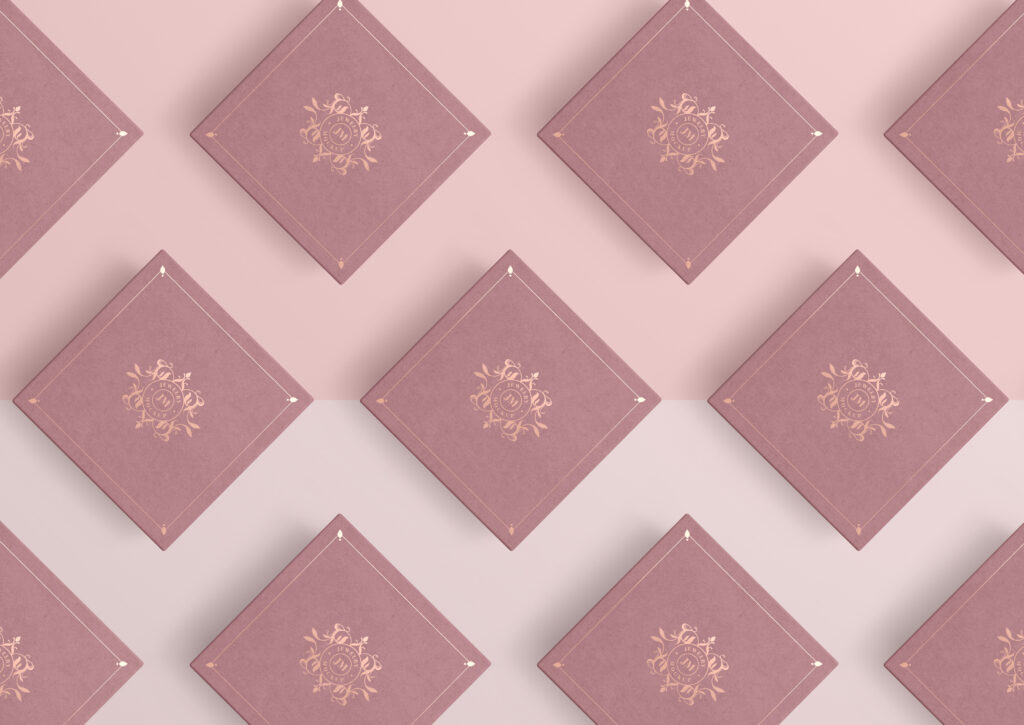
3. A packaging designer has experience of using different materials and knows how to adapt designs so that they will print better. A generalist graphic designer, for example, may not know that a certain colour will look washed out when printed on a metallic substrate or the minimum widths for hot foil stamping or screen printing. Many of their designs may look beautiful, but they are unrealistic for manufacture.
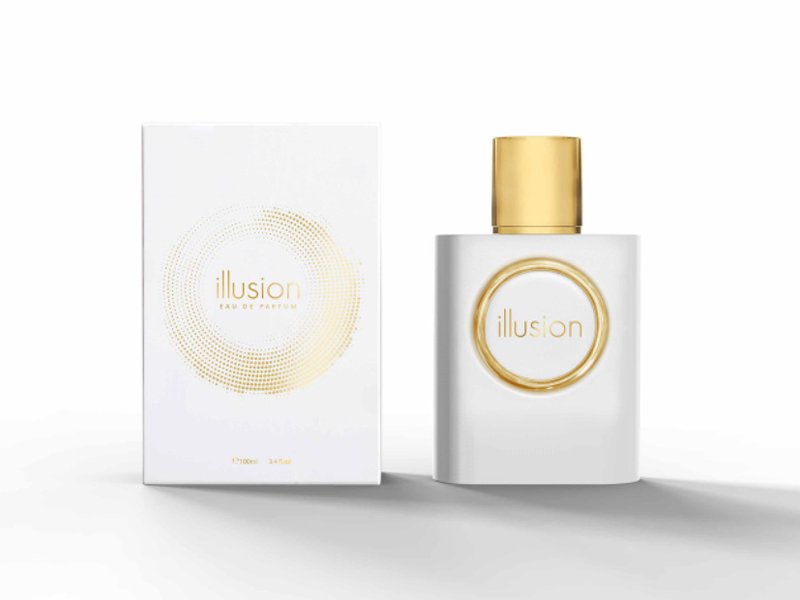
4. Knowledge of an industry sector is vital to the success of developing the right packaging. A person who has been working in that sector over a longer time will know the way that the sector has developed. They are able to offer creative solutions to the clients problems which will be in tune with the market.
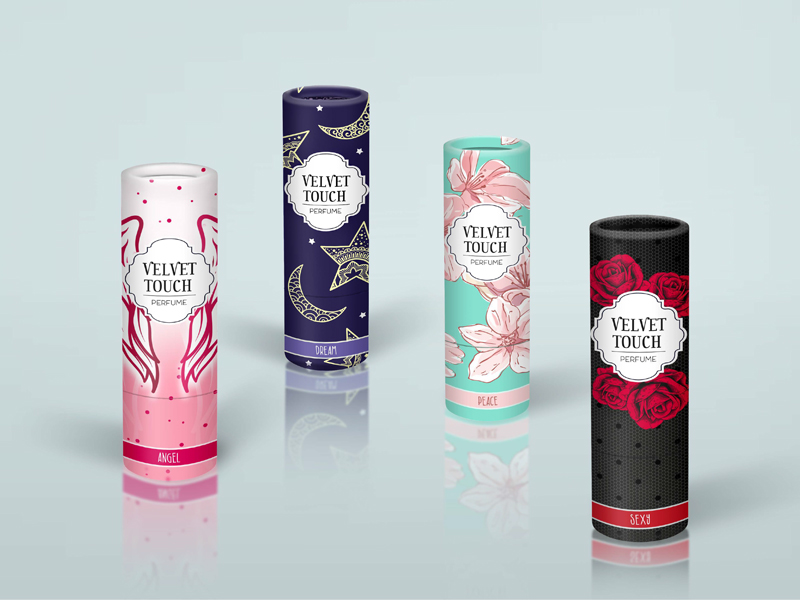
5. Knowledge of regulations is an important advantage of a packaging designer. This might mean that certain texts or logos need to be printed on the box, or in the case of pharmaceutical industry, braille stamping. There may be other health and safety regulations relating to the choice of material.

6. An ability to make proper die lines and mock ups of the suggested packaging allows the packaging designer to test the design. A packaging designer will thoroughly test if it really does stand out on the shelf.
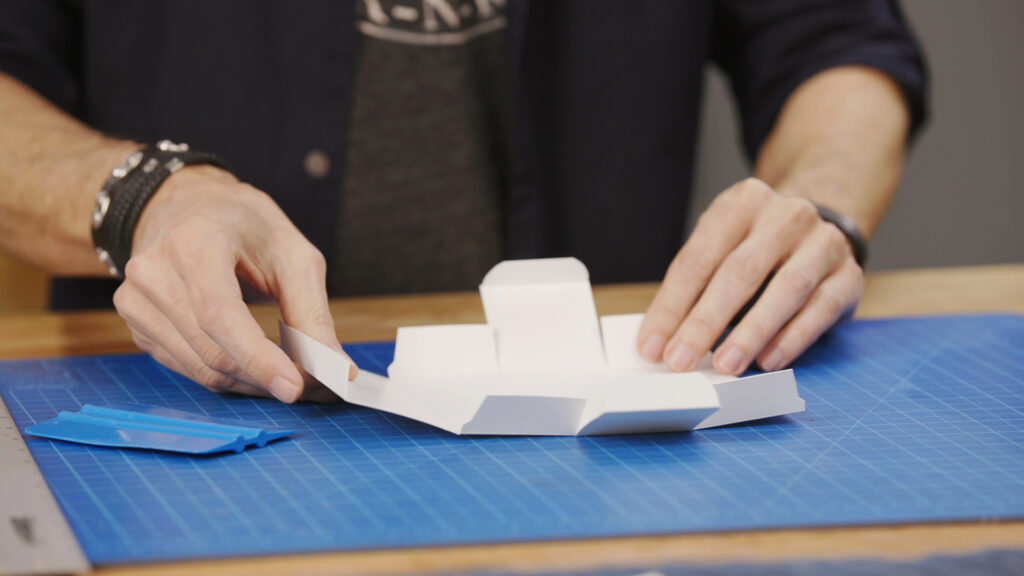
7. An experienced packaging designer will know how to make files ready for production which are clear and easy to follow. They will know which colours to select to achieve the best results. Because ‘what you see on the screen is NOT what you are going to get’.
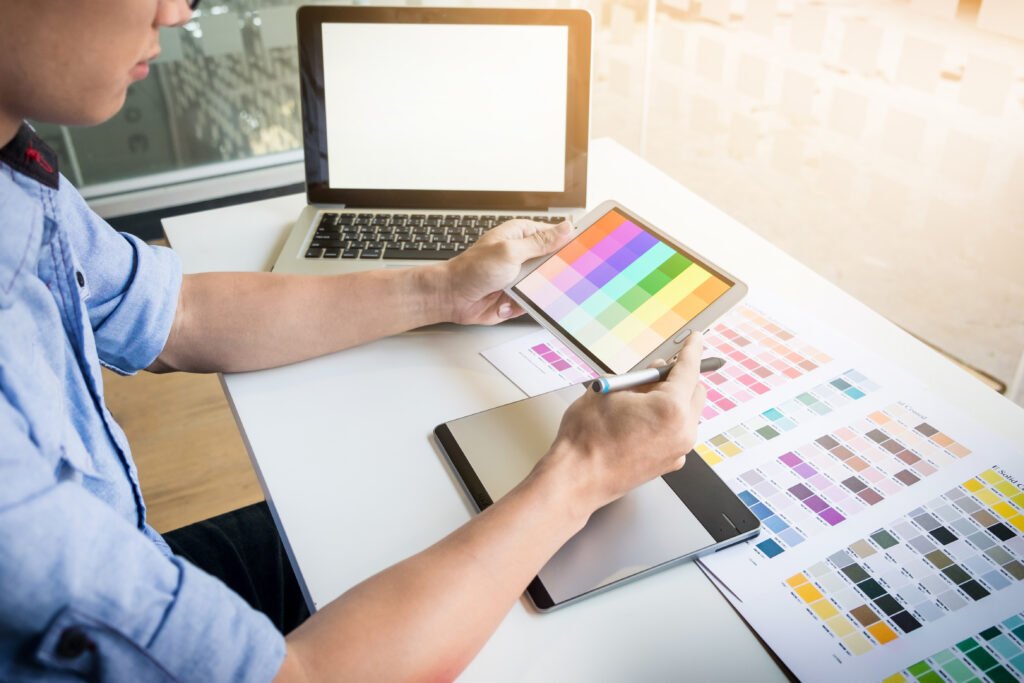
So, the next time that you hire someone for a packaging design work, it is best to evaluate the experience and packaging design knowledge they possess.
Our company has often received client files which were made by their in house graphic designer who does not have the relevant packaging training. We have to rework them to make them suitable for production. A generalist graphic designer may be easier to find and you may feel that you are getting great designs from them. But if those designs don’t look good in final manufacture, for whatever reason, you may find that you lose a lot of time and money by having to restart the process and correct the failures in the design files.